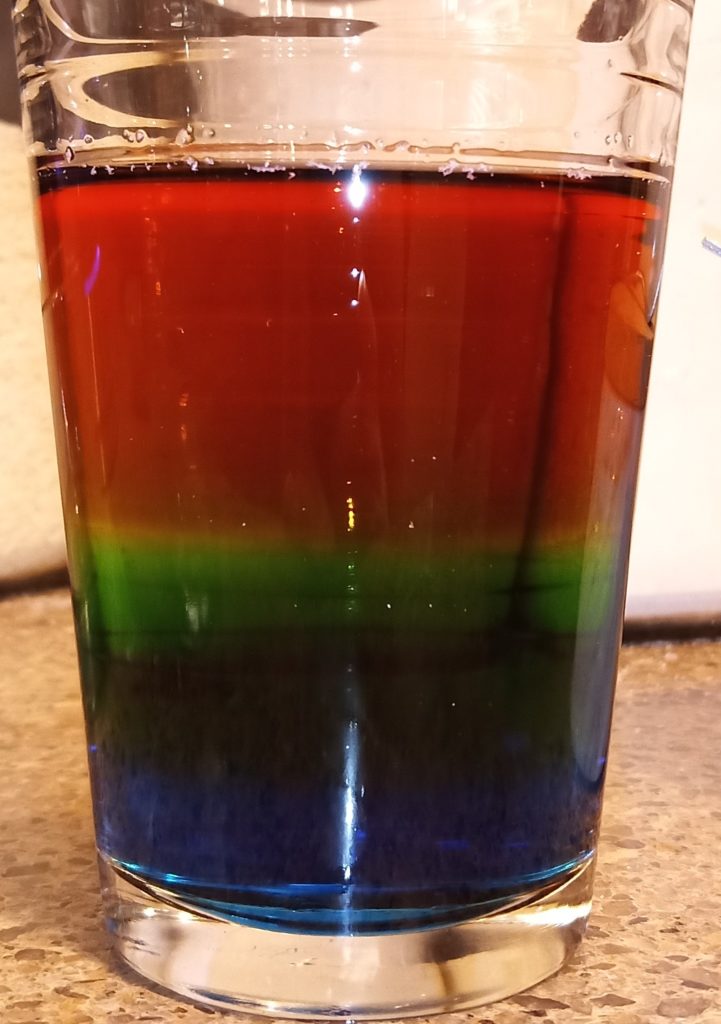

But it reduces the porosity and increases density because it has little impact on weight as shown in the image Secondly, there is the matter of how compact the sand is and compaction means that weight reduces the spaces between grains by making them closer in a closed-packed arrangement and reduces the total volume of sand.

The structure is not regular as it would be if it were liquid. In general,Glass refractive index depending on the polarizability of the ions inside the glass and the density of the glass. At an atomic level glass is a network of silicon and oxygen bonds modified randomly by sodium. (1) Relationship between refractive index and composition of glass. Density of Glass4.The purpose of the experiment is to determine the density of an unknown sample of glass.5.The underlying theory for the experiment is that. It is clear, fairly rigid providing a lot of strength but can be brittle as well. Quartz has a density of 2.65 g/cm³ and Aragonite has a density of 2.9 g/cm³ and remembers that those density values are for the bulk, solid, and compact minerals. Glass is not like other products used in buildings. Choose Glass Thickness 3/16' Thickness 1/4' Thickness 3/8' Thickness 1/2' Thickness 3/4' Thickness 5. Choose Glass Type Clear Glass HD Glass Opaque-Clear (Frosted) Glass PolarGlass Bronze Glass Gray Glass 4. The sand density depends on the following factors as given below įirstly, it is important to know what is the density of the minerals that make up the sand and most of the sands are made either of Quartz or shells from marine animals made of Aragonite. (Weight calculations are approximate.) 1. The density of a material is the same for any sample of that material at that temperature and pressure. The underlying theory for the experiment is that density can be used to identify any material. The network of bonds prevent the glass from being ductile. The purpose of the experiment is to determine the density of an unknown sample of glass. At an atomic level glass is a network of silicon and oxygen bonds modified randomly by sodium. This sand is nearly saturated with water and is packed sand and its density is 2082 kg/m 3. Glass is not like other products used in buildings. Wet sand has been standing in a natural setting and naturally compressed that is now wet and its density is 1922 kg/m 3. Packed sand has been manually or mechanically packed and its density is 1682 kg/m 3.

Dry Sand:ĭry sand is sand in its natural undisturbed form where it has been partially packed by rain and gravity over time but is now dry and its density is 1602 kg/m 3. Calculate how much of this gravel is required to attain a specific depth in a cylindrical, quarter cylindrical or in a rectangular shaped aquarium or pond īromosilver weighs 6 473 kg/m³ (404.Loose sand is dry sand that has been moved or otherwise agitated to loosen the natural packing process and its density is 1442 kg/m 3. List of these foods starting with the highest contents of Vitamin A, RAE and the lowest contents of Vitamin A, RAE, and Recommended Dietary Allowances (RDAs) for vitamin A are given as mcg of Retinol Activity Equivalents (RAE) Gravels, Substances and OilsĬaribSea, Freshwater, Eco-Complete Cichlid, Sand weighs 1 473.7 kg/m³ (92.00009 lb/ft³) with specific gravity of 1.4737 relative to pure water. PICKLED SLICED CARROTS, UPC: 074234831129 weigh(s) 135 grams per metric cup or 4.5 ounces per US cup, and contain(s) 47 calories per 100 grams (≈3.53 ounces) ġ1394 foods that contain Vitamin A, RAE. The glass in a vehicle headlight falls with the range of 2.47 g/cm 3 and 2.63 g/cm 3.

The density of window glass is between 2.47 g/cm 3 and 2.56 g/cm 3. Glass (broken or cullet) density values in 285 units of density, in the form of a matrix Density = weight ÷ volume The density of most glass ranges between 2.4 g/cm 3 to 2.8 g/cm 3. With that said, this page will provide you the glass density in kg/m (SI unit), g/cm, g/ml, kg/l, lb/ft. Glass (broken or cullet) density values, grouped by weight and shown as value of density, unit of density grain per. Follow the link if you want to learn more about these differences.


 0 kommentar(er)
0 kommentar(er)
